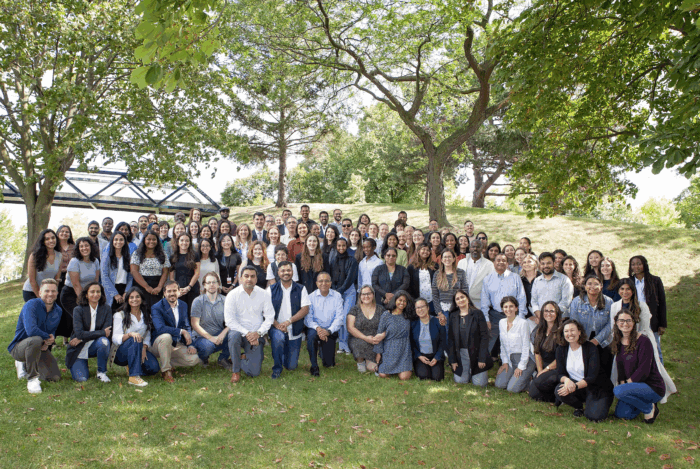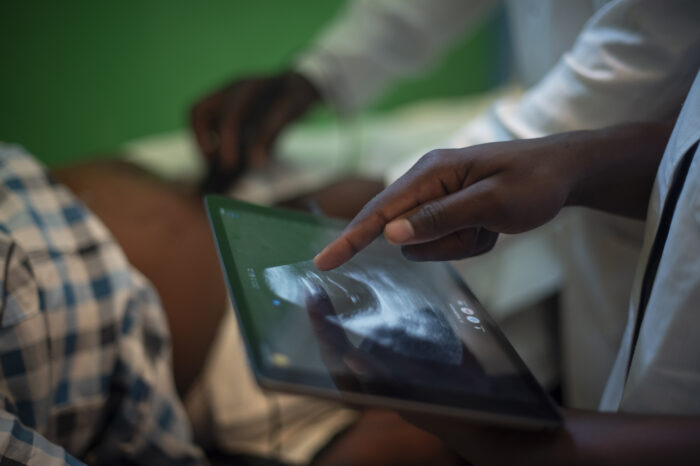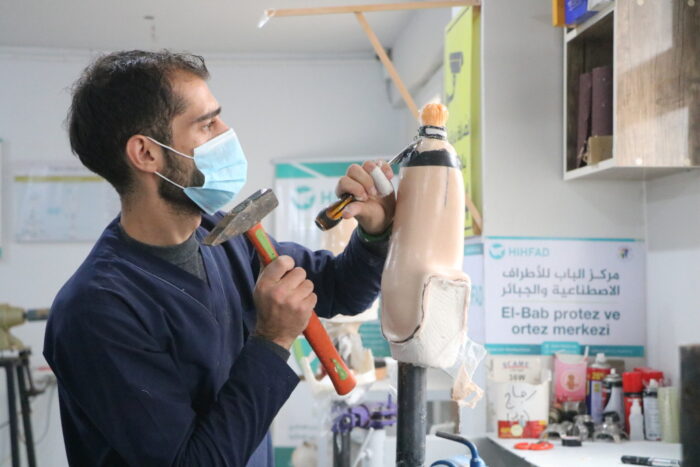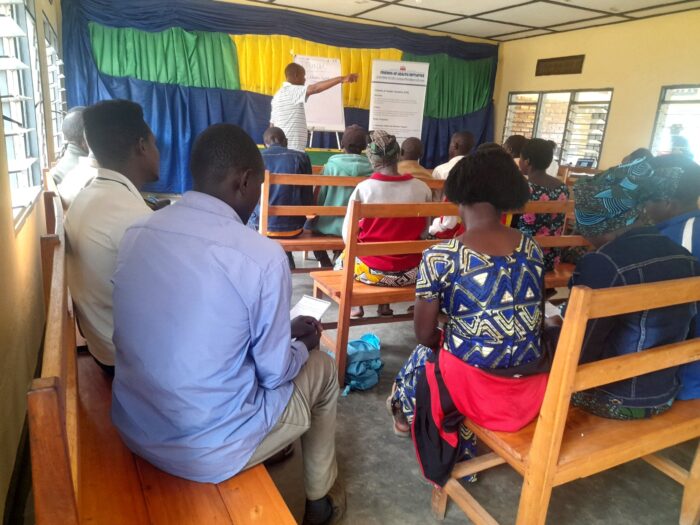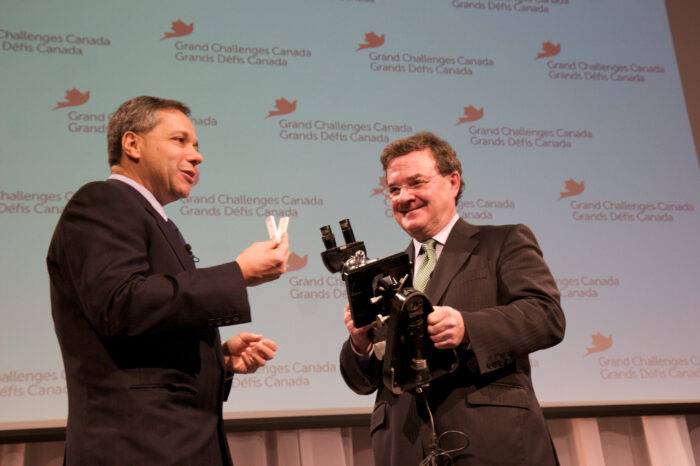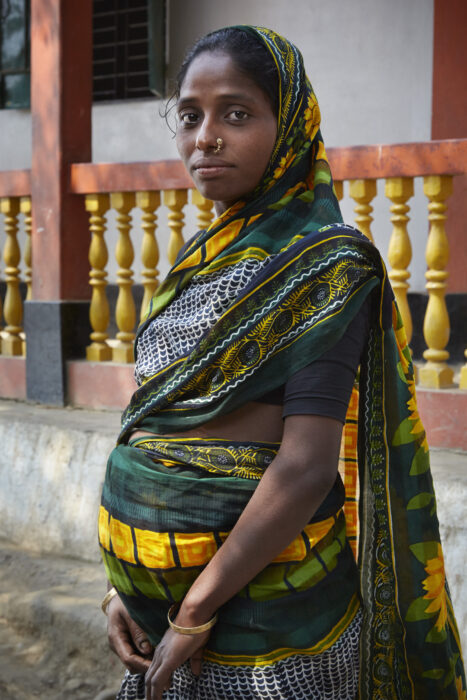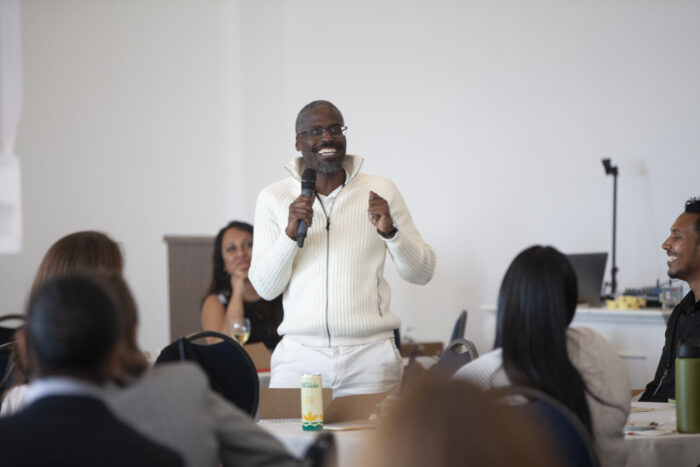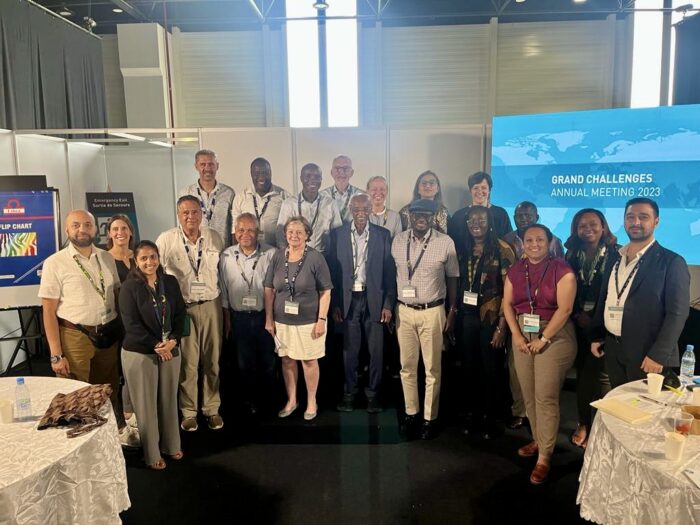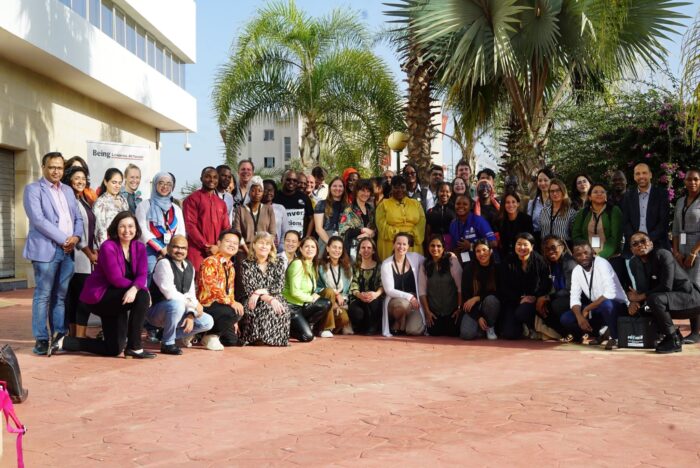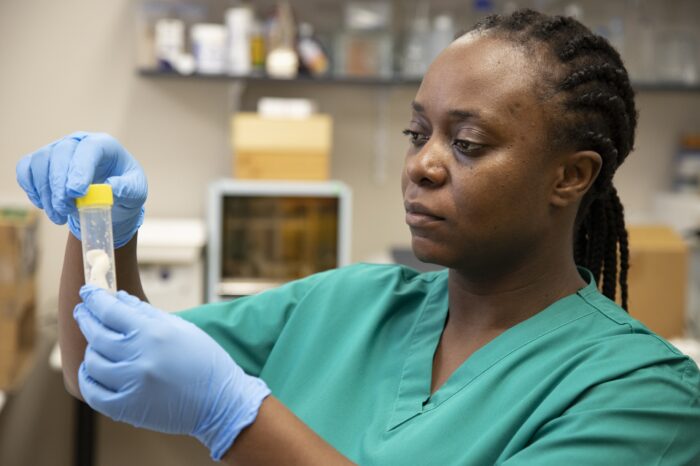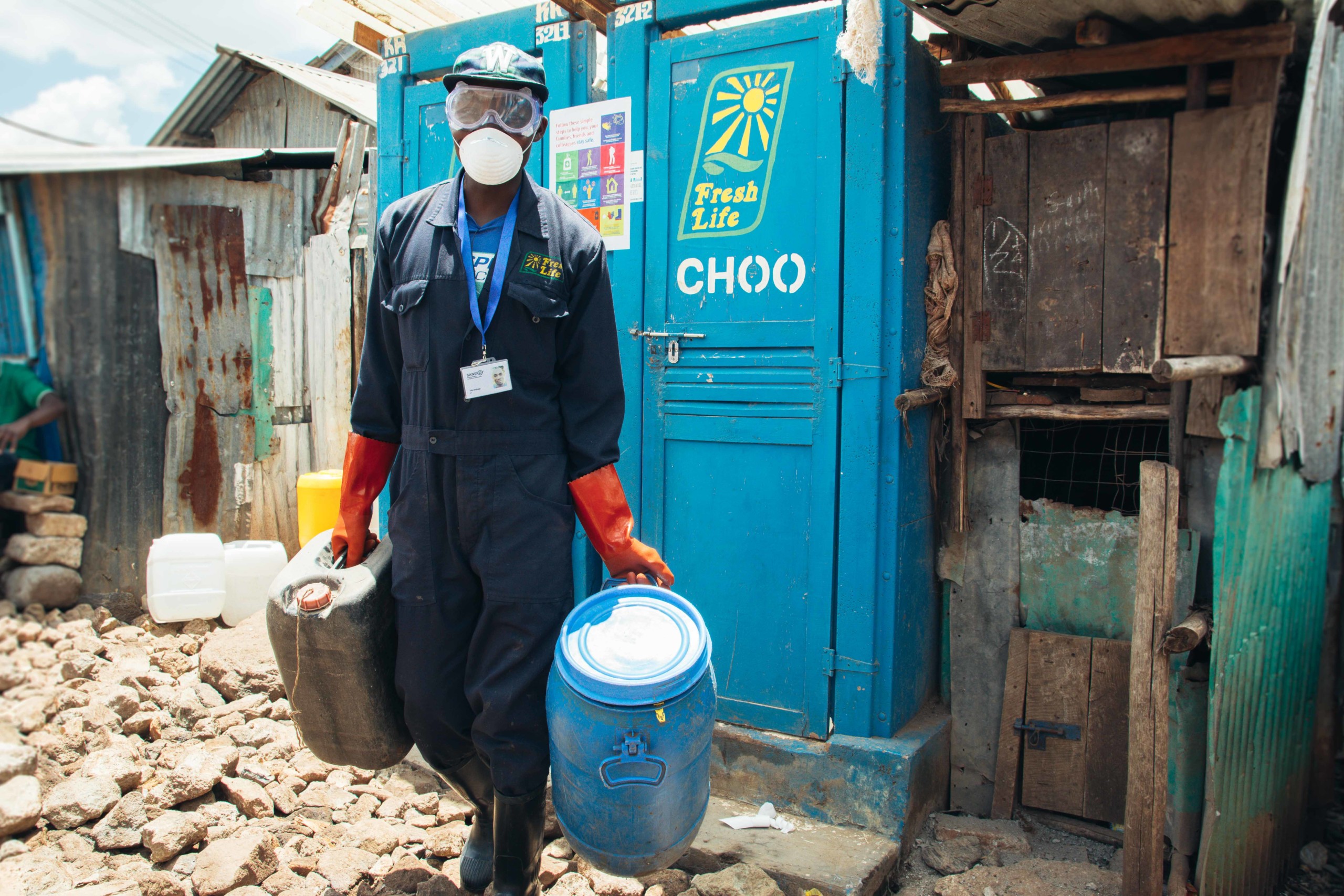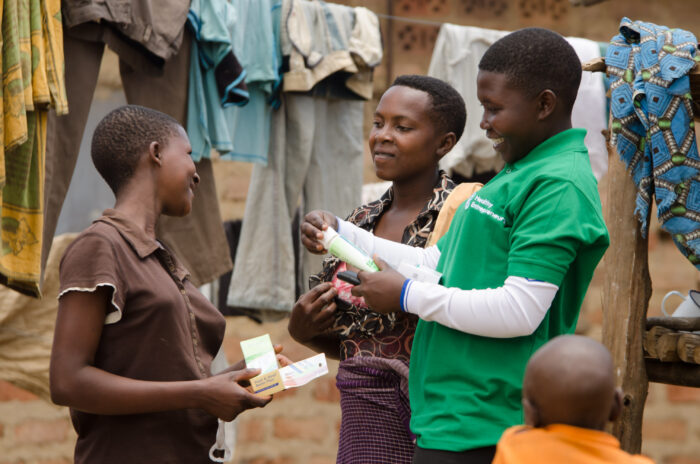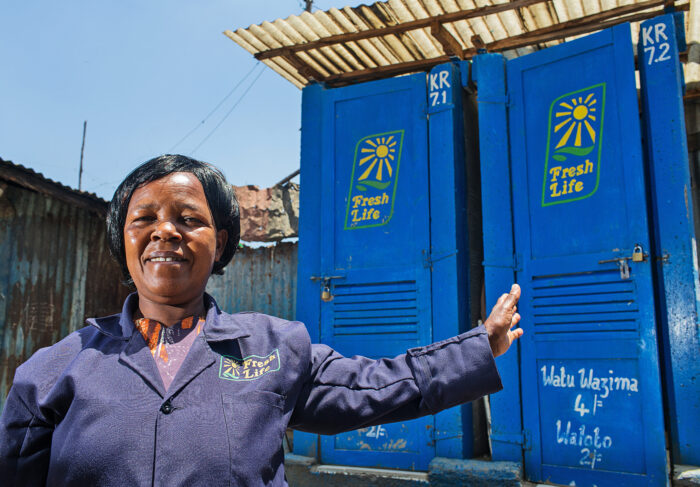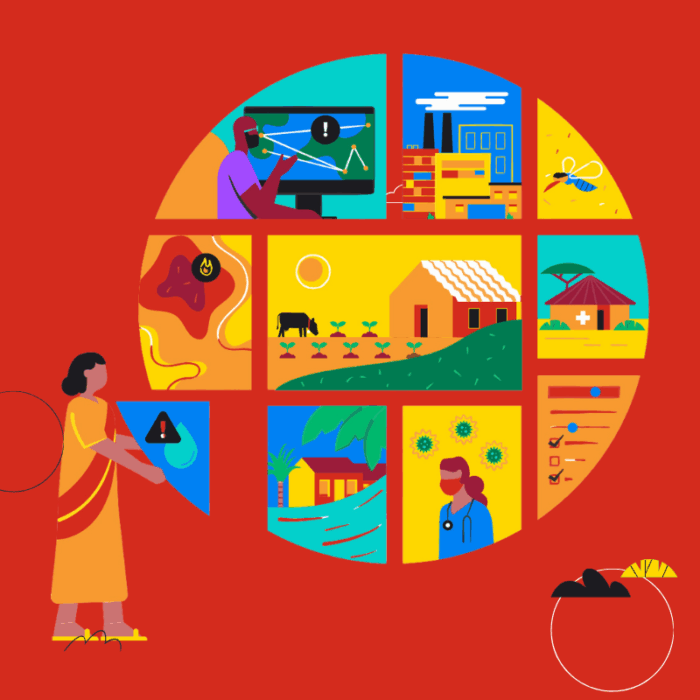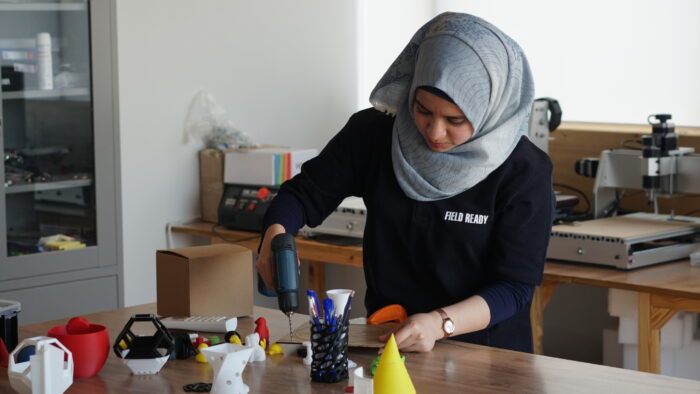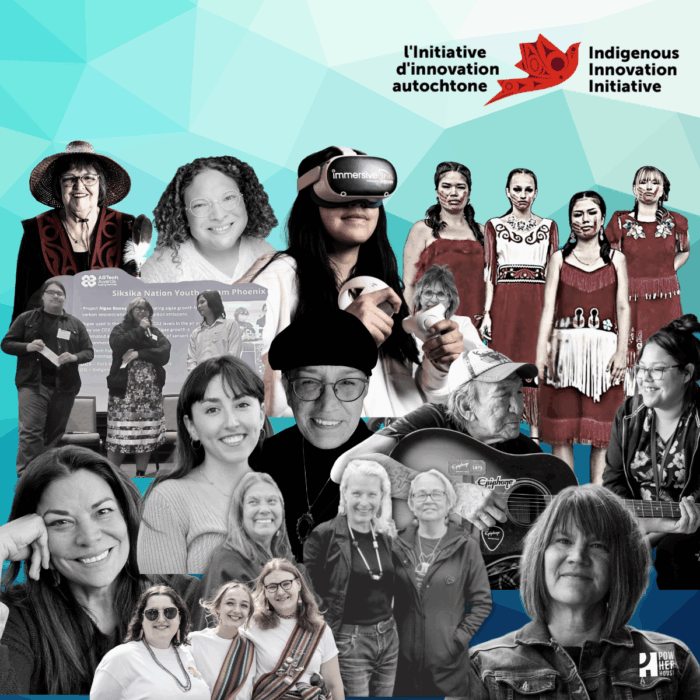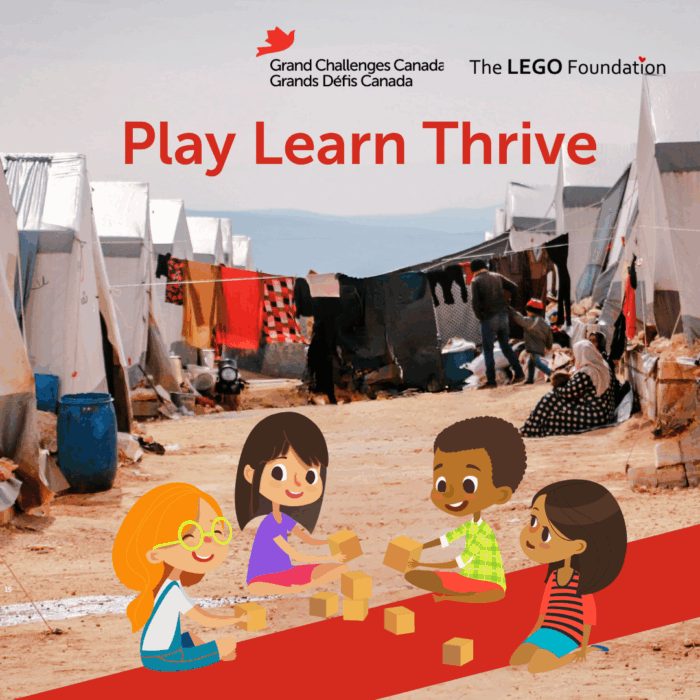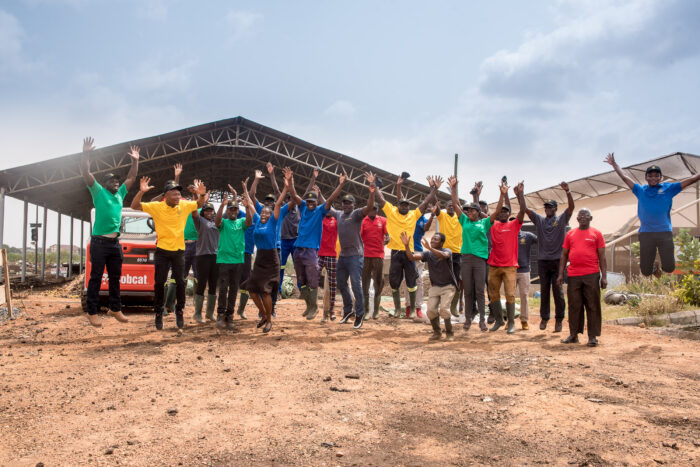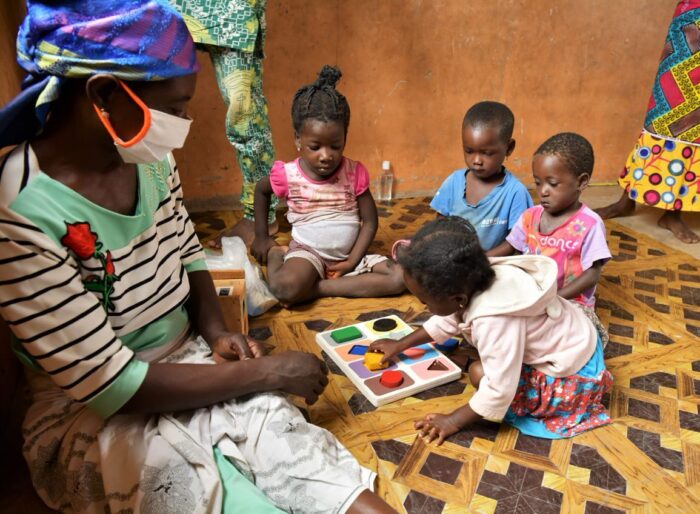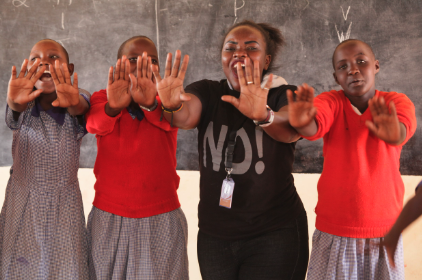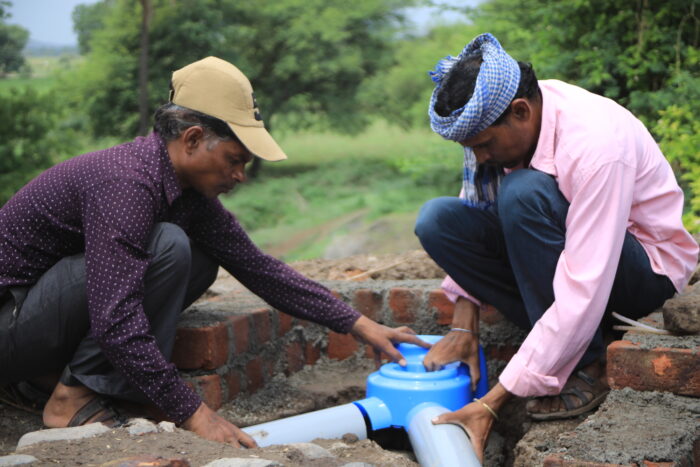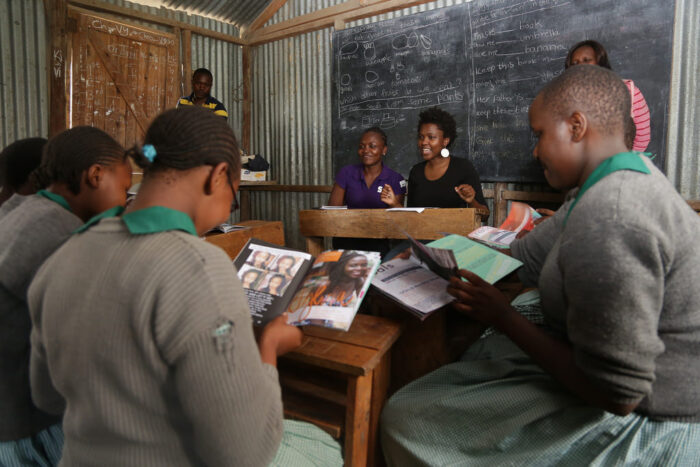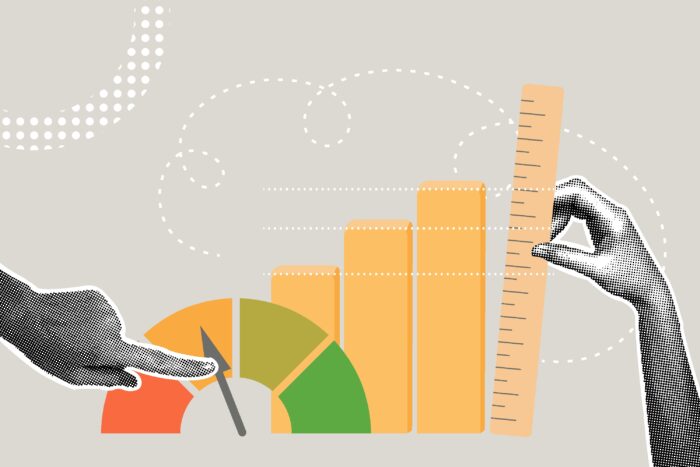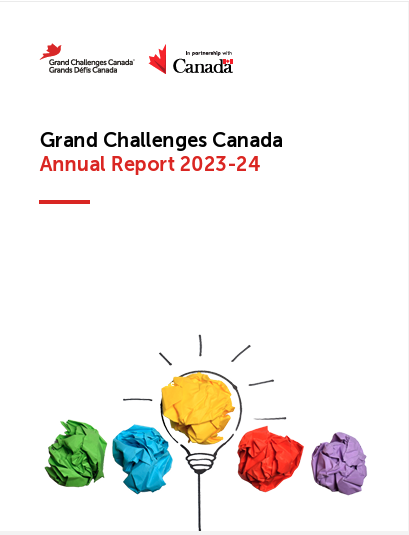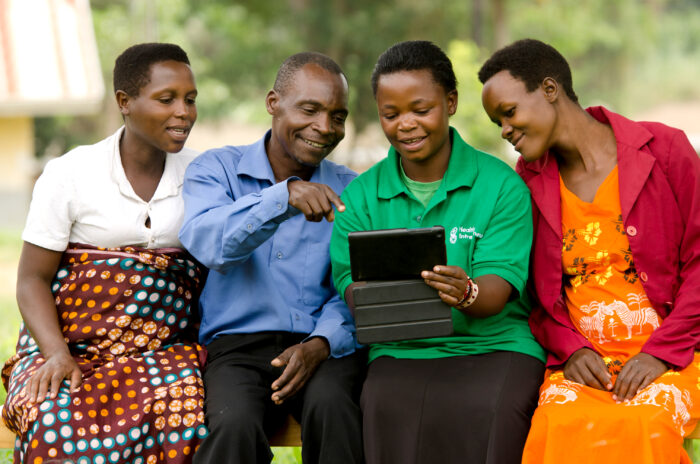Dr. Peter A. Singer is Chief Executive Officer of Grand Challenges Canada. Dr. Steven Buchsbaum is Deputy Director, Discovery & Translational Sciences, Global Health Program of Bill & Melinda Gates Foundation. David Ferguson is Director, Center for Development Innovation, USAID.
Did you ever have the feeling you know two friends who would be perfect together? This is the feeling we have about the post 2015 sustainable development goals (SDG) and the grand challenges. SDGs are about “what” should be achieved and grand challenges are about “how” global challenges can be solved. They are perfect for each other!
The UN sustainable development goals, the successor to the Millennium Development goals, will set a number of goals and targets to achieve “the world we want” by 2030. We are a year away from the conclusion of this process. Currently, there are 17 goals and 169 targets suggested by the Open Working Group and sent to the General Assembly and Secretary General for consideration. It is expected that the post 2015 agenda will be launched at the UN General Assembly in September 2015.
While many interlocutors continue to seek an effective and focused global framework, serious consideration is also being given to implementation Civil society organizations, and private sector companies, were engaged in the Open Working Group process. An important discussion on how partners from different sectors can work together to accomplish the final agreed upon framework is only just the beginning. Among the greatest lessons of the Millennium Development Goals is the importance of accountability and that execution will be just as important as the framework itself.
During almost the same time period as the Millennium Development Goals, another global movement has started around Grand Challenges. Based on the concept developed by David Hilbert in his Grand Challenges in Mathematics launched in 1900, Bill Gates launched the Grand Challenges in Global Health in 2003. In 2008 Canada became the first country to include a Grand Challenges approach in its international development envelope, launching Grand Challenges Canada in 2010. USAID launched Grand Challenges for Development, a signature feature of which was that it extended beyond health and agriculture to topics like energy, water, and even governance. India, Brazil and South Africa have all launched Grand Challenges initiatives. This past year Peru and Israel became the latest countries to launch Grand Challenge programs and ASEAN countries are actively considering the approach.
These Grand Challenge programs differ in focus but they all have 5 key principles in common:
1. Strategic and well-articulated Grand Challenges serve both to focus research and development efforts and to capture the imagination of and engage the world’s best researchers and innovators.
The Grand Challenges model focuses on seeking solutions to well-defined problems. The initiative brings these problems to the attention of relevant communities of solvers, both individuals and organizations, and invites creative and forward-thinking approaches to address issues that, if solved, can dramatically improve the world we live in.
2. Projects are selected based on public and transparent calls for proposals seeking the best ideas.
The Grand Challenges programs do not purport to know the solutions to the world’s most pressing development issues, but they are willing to take risks and invest to create new solutions. The Grand Challenges model aims to engage new solvers with fresh ideas.
3. Funders, innovators and other stakeholders actively collaborate to accelerate progress and promote advances to ensure they serve those most in need.
The public, private, academic and not for profit sectors must work together to accelerate and scale up innovations that can improve the lives of those most in need.
4. Projects are selected not only for scientific excellence, but also for the likelihood that they will achieve the desired scale and impact.
Successful applicants present projects that, when proven successful through the collection of rigorous evidence, have the potential to serve those most in need. Investing in scientific innovation—as well as in the business and social innovation needed to increase impact at scale—will help ensure that these efforts have the greatest possible impact in terms of lives saved or improved.
5. Researchers and innovators work to ensure that the fruits of their projects are accessible and available to those most in need.
Fostering ties to industry, both by helping bridge the private and public sectors or by directly funding a company, can create sustainable enterprises, and reduce the time from discovery to development, production and impact. Key to this is developing global access strategies to ensure that those most in need benefit from new solutions.
The post 2015 development framework is about the future we want, and this future cannot come about without innovation. The Grand Challenges Approach is a promising way to contribute to achieving the Sustainable Development Goals.
This article was also published on in The Global Health and Diplomacy Journal (Fall 2014 issue). We encourage you to post your questions and comments about this blog post on our Facebook page Grand Challenges Canada and on Twitter @gchallenges.
